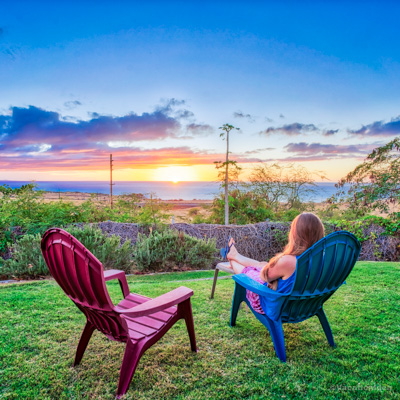Places to Travel in February & Things to Do
February, a time when much of the country is covered in snow drifts, is a time when many start feeling the desire to head somewhere warmer.

February always sneaks up, tucked between winter’s last gasp and the earliest hints of spring. It’s a month that makes you want to move, to stretch past routine and seek out somewhere with a little light, a little charm, a little something unexpected. For us, it’s not about big trips. It’s about meaningful ones. These are the places where a short drive or a spontaneous booking can reset everything. They’re warm in spirit, even if not in weather. They offer good meals, quiet corners, and room to breathe. And they gave us exactly what we needed, right when the season felt longest.
Best Places to Travel in February:
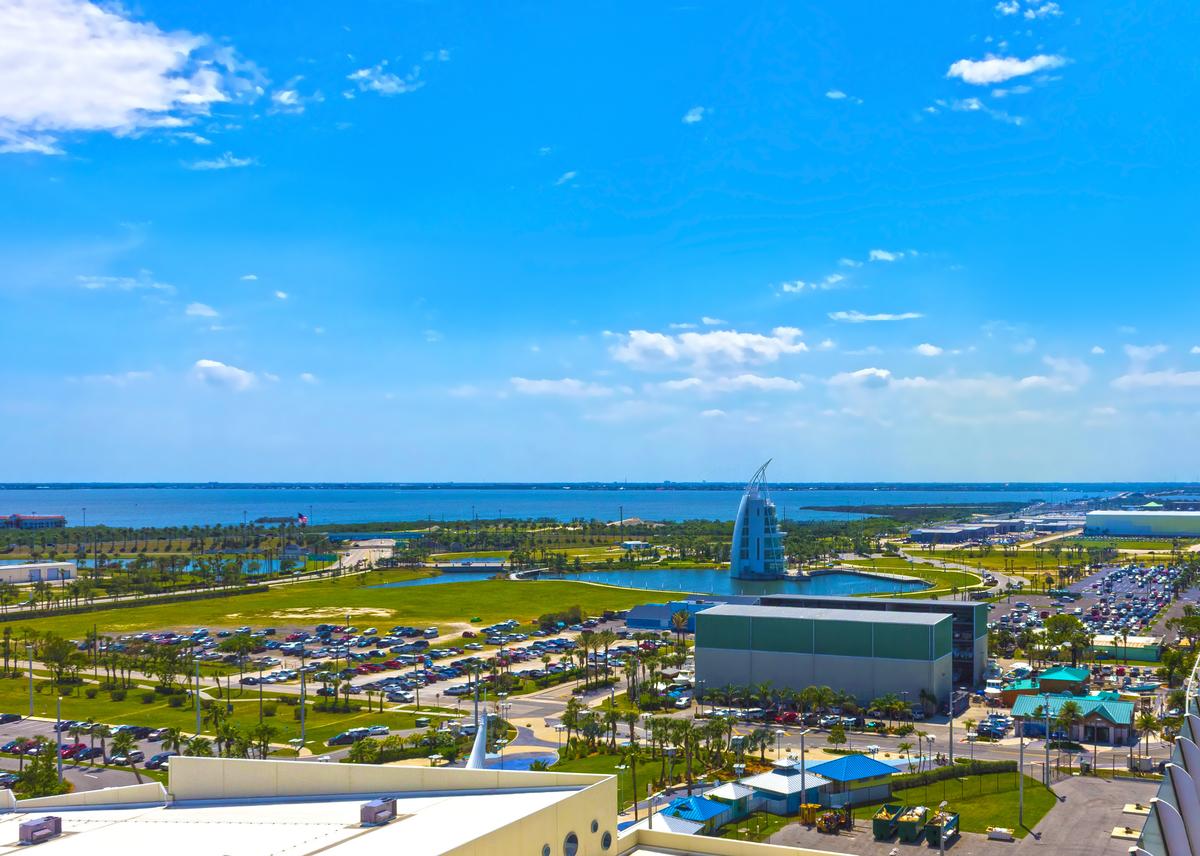
Cape Canaveral, Florida: Rockets, Shorelines & Space to Roam
“This feels like the edge of something big,” I thought as we stood near the launch pads at Kennedy Space Center. Our son was wide-eyed at the sheer scale of the rockets, and I kept glancing at the ocean just behind us, wild and calm at once. Cape Canaveral offered both wonder and rest: long beaches for walking, exhibits that sparked real awe, and sky that always seemed to be doing something dramatic.
My highlight? Watching a live launch rehearsal, then eating fresh grouper tacos on the pier while the sun turned the water gold.
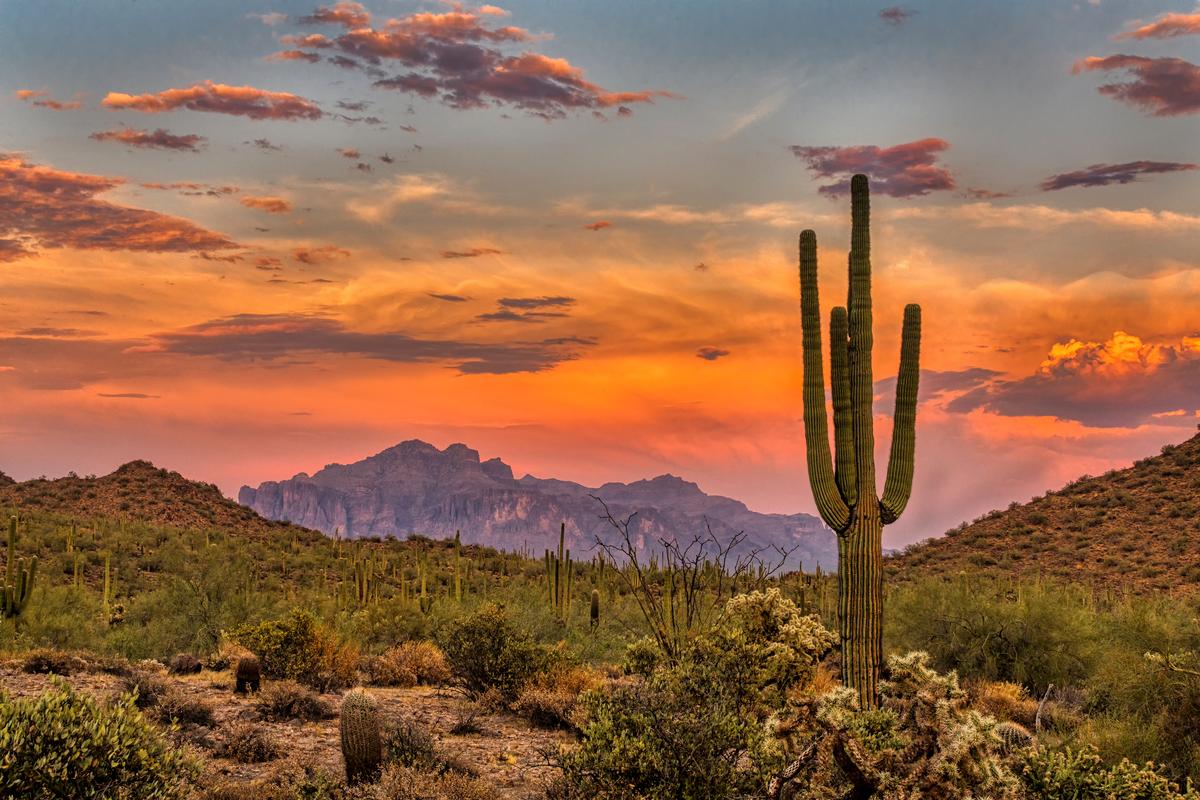
Phoenix, Arizona: Desert Trails & Citrus Air
“It smells like orange blossoms and sunlight,” I thought, stepping onto the trail at Papago Park. Phoenix in February was dry and clear, perfect for hiking early and lingering outdoors. We climbed, wandered, and let the desert show off. Our son picked out every cactus shape he could find, and by afternoon we were all resting under palm trees in the Desert Botanical Garden, drinking water and not saying much at all.
My highlight? A prickly pear-glazed chicken sandwich with chile-lime fries at a café downtown. It was bright, bold, and just spicy enough.
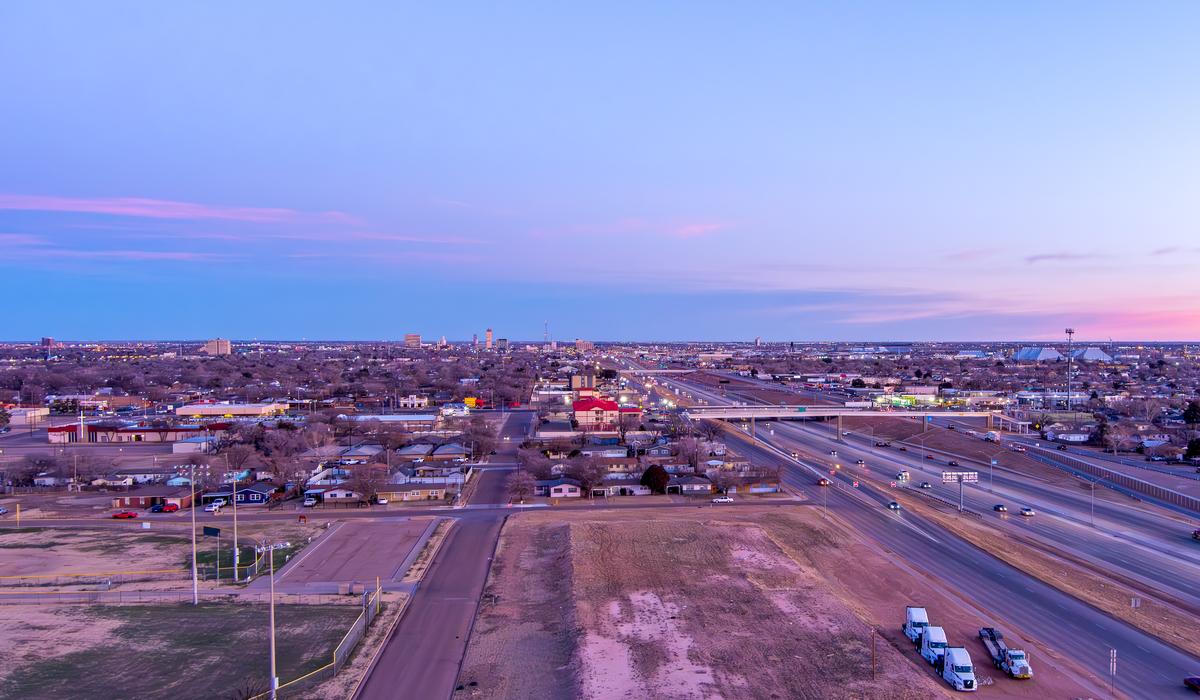
Lubbock, Texas: Music, Murals & Open Sky
“This town has rhythm in its bones,” I thought, walking through the Buddy Holly Center. Lubbock surprised us, part West Texas quiet, part creative hum. We explored local coffee shops, snapped photos of bold murals, and caught a live show in a tiny venue with folding chairs and real heart. The people were kind, and the food felt like home cooking turned up just a notch.
My highlight? Chicken-fried steak with jalapeño gravy at a roadside diner, with our son fast asleep beside us in the booth, worn out from the wind and music.

Daphne, Alabama: Bay Breezes & Boardwalks
“This feels like the South on its day off,” I thought, leaning over the railing at Bayfront Park. Daphne was slow and warm, even in February. The boardwalk traced the Mobile Bay shoreline, and we spent the afternoon spotting herons and letting our son toss pebbles into the water. It wasn’t flashy, but it was honest and beautiful.
My highlight? Fried green tomatoes and shrimp and grits at a small café tucked into a converted house. The shrimp were buttery and seasoned, and the tomatoes snapped with every bite.
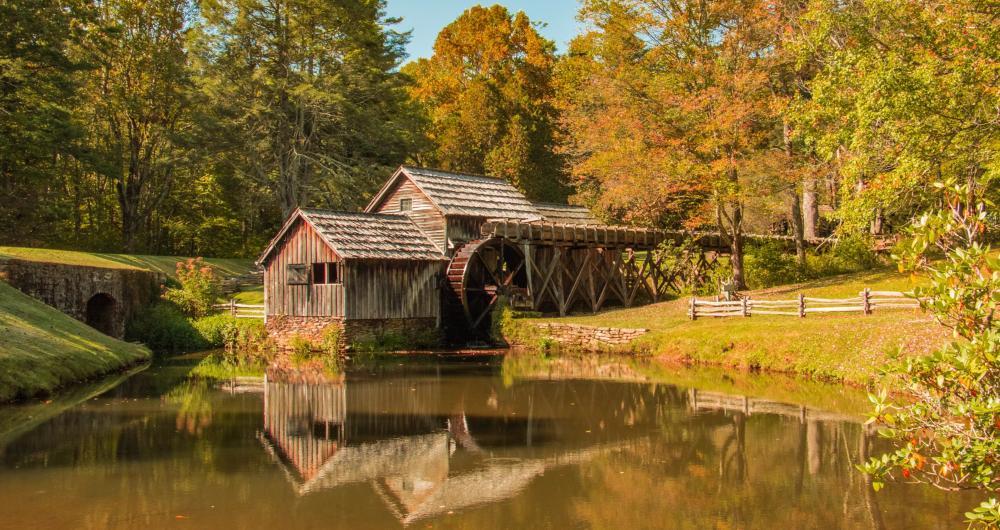
Floyd, Virginia: Music in the Mountains
“You can hear it before you see it,” I thought as we approached the Floyd Country Store. A bluegrass band was warming up inside, and the air had that clean, cool clarity only mountain towns seem to carry. Floyd was a little bit folk, a little bit funky. We wandered galleries, bought homemade jam, and let our son dance along to songs older than any of us.
My highlight? A hot bowl of chicken and dumplings, served with cornbread still steaming from the oven, while the fiddle played on.
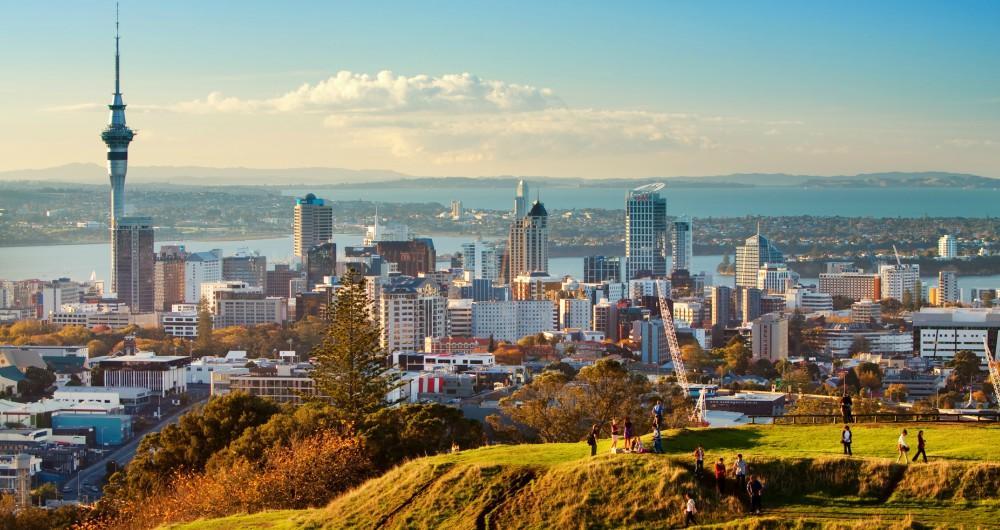
Auckland: Harbors, Hills & A Walkable Breeze
“This city breathes easy,” I thought as we stood at the edge of the Viaduct Harbour, watching sailboats drift past while a street musician played under the shade of a pohutukawa tree. Auckland felt balanced. It was urban but green, relaxed but never still. It was summer in February here, and the warmth settled over everything gently. We spent our days wandering coastal trails, exploring museums that didn’t feel stiff, and letting our son run ahead just far enough to feel independent.
What I Loved Most: Sitting with bare feet in the grass on top of Mt. Eden, looking out over the whole city spread beneath a soft blue sky.
My highlights? Dinner at a small spot along Ponsonby Road. I ordered pan-seared snapper with lemon butter and kumara mash. The fish was tender and crisp-edged, the mash earthy and sweet, with a citrus bite that brightened every forkful. My husband had lamb with rosemary jus, and our son happily devoured a plate of crispy chips and grilled chicken. The windows were open to the evening breeze, and the whole place smelled like garlic, grilled lemons, and sea air.
Plan your day trip:
- Best Base: Central Auckland or Devonport (easy ferry access)
- Vibe: Breezy, outdoorsy, laid-back
- Highlights: Viaduct Harbour, Auckland War Memorial Museum, ferry to Waiheke Island, Auckland Domain, Mt. Eden summit
- Best Time to Visit: February for peak summer, festivals, and long daylight hours
- Cost: Museum entry ~$10–$20; ferry to Waiheke ~$30 round trip; dinner entrées ~$20–$35
- Hours: Most attractions 10am–5pm; restaurants open late, especially on weekends
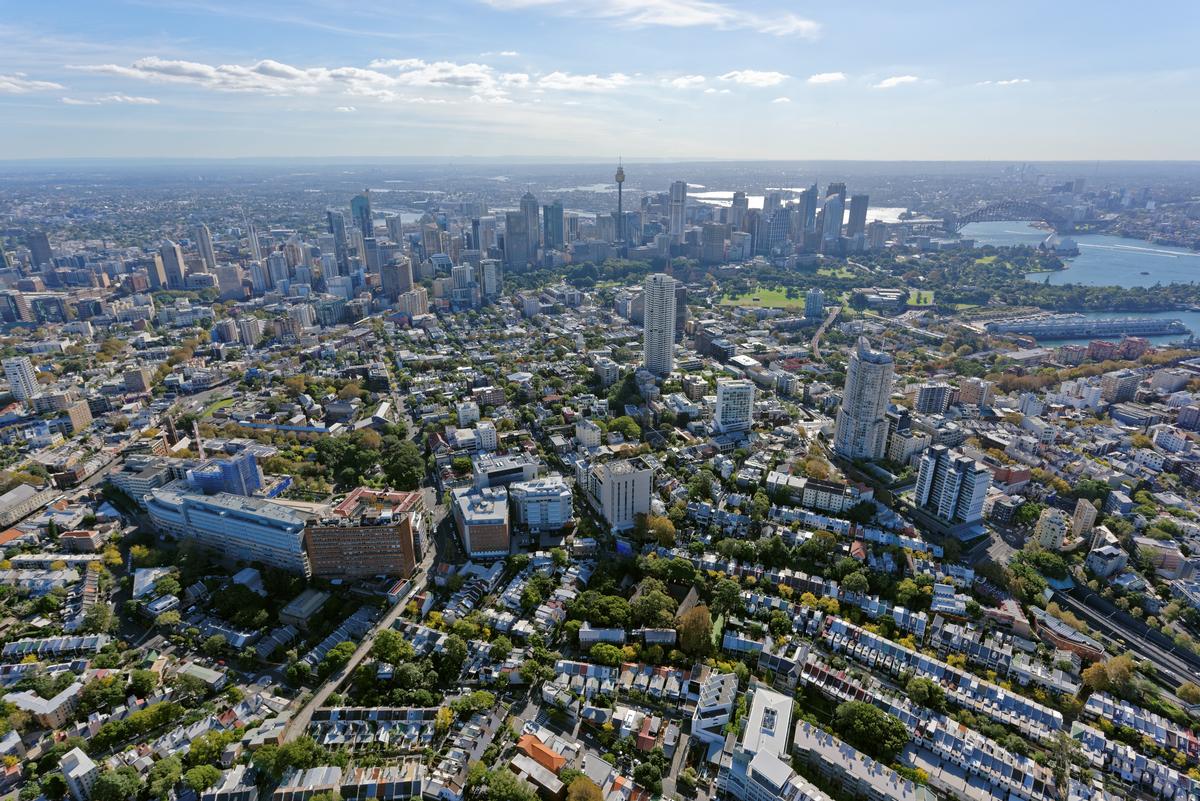
Darlinghurst, Sydney: A Pause in the Middle of Everything
Darlinghurst felt like the in-between, the hum between major streets, the quiet stretch between cafés and night. I wandered without a plan, slipping down narrow lanes with iron balconies and jacaranda trees overhead, thinking, “I could stay here longer than I meant to.” It had a softness I didn’t expect from a city this alive.
What I Loved Most: That blend of energy and ease, the way locals moved like they belonged, but never in a rush.
My highlights? I began the day with a slow walk through Green Park, where magpies picked at the grass and the air smelled faintly of eucalyptus. The National Art School surprised me, free to wander, its old sandstone walls echoing with quiet creativity. I stepped inside the small gallery and stood in front of a painting that made time stretch out.
Dinner at Restaurant Moon was a turning point. The room was dark and elegant, but the welcome was warm. I ordered the confit duck with tamarind jus. It was rich, tender, slightly sweet, with crisp edges that gave way under the fork. Dessert was a tamarind sorbet, bright, cold, and surprising. I sat by the window and let the night stretch out slowly, watching the city move without needing to follow it.
Plan your visit:
- Location: Inner-east Sydney, walking distance from Hyde Park and Oxford Street
- Vibe: Artsy, layered, quietly electric
- Best For: Wandering solo, relaxed nights out, art and food lovers
- Don’t Miss: Restaurant Moon, National Art School, Green Park, local bookstores, street art
- When to Go: Spring or early autumn for jacaranda blooms and breezy afternoons
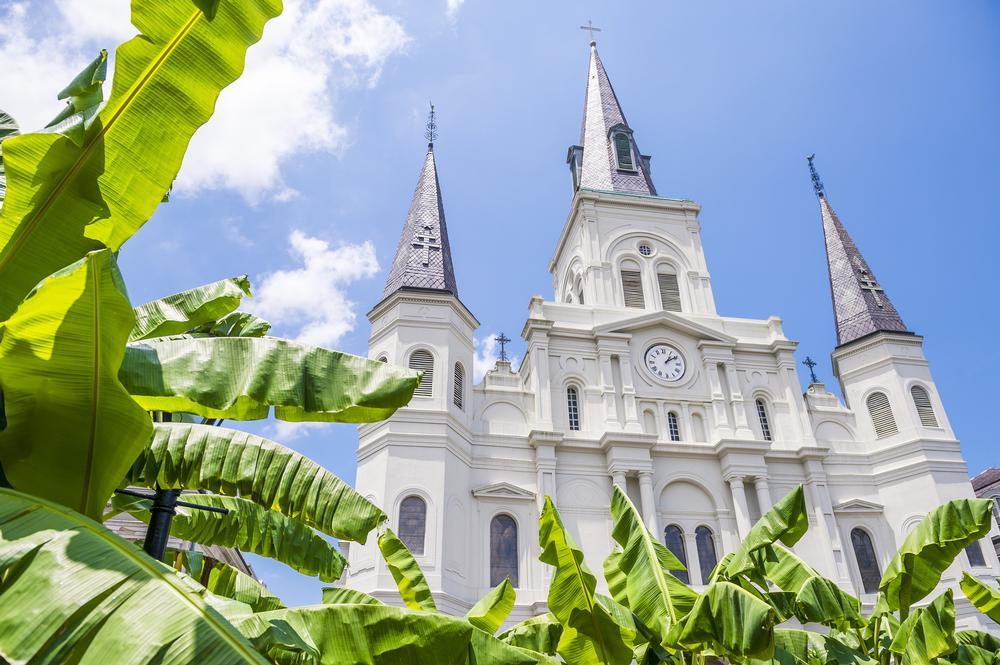
Jazz, beads, and soul in New Orleans, Louisiana
I arrived in New Orleans just as the city was tuning up for Mardi Gras. February there wasn’t just a time, it was a tempo. Music spilled from every street corner, and as I danced down Frenchmen Street under the glow of string lights, I thought, “This city knows how to celebrate being alive.”
What I Loved Most: That everything, from the food to the brass bands, felt like it was made to stir something in you.
My highlights? Dinner at Cochon. I had spicy pork ribs, creamy grits, and a cocktail with house-made ginger beer. Loud, bold, and full of flavor.
Plan your vacation:
- Why February Works: Carnival season, cooler temps, cultural peak
- Top Experiences: French Quarter, Garden District, live jazz bars, beignets at Café du Monde
- Weather: 50–70°F and lively
- What to Pack: Comfortable walking shoes, layers, something festive
- Getting There: Louis Armstrong New Orleans International Airport (MSY)
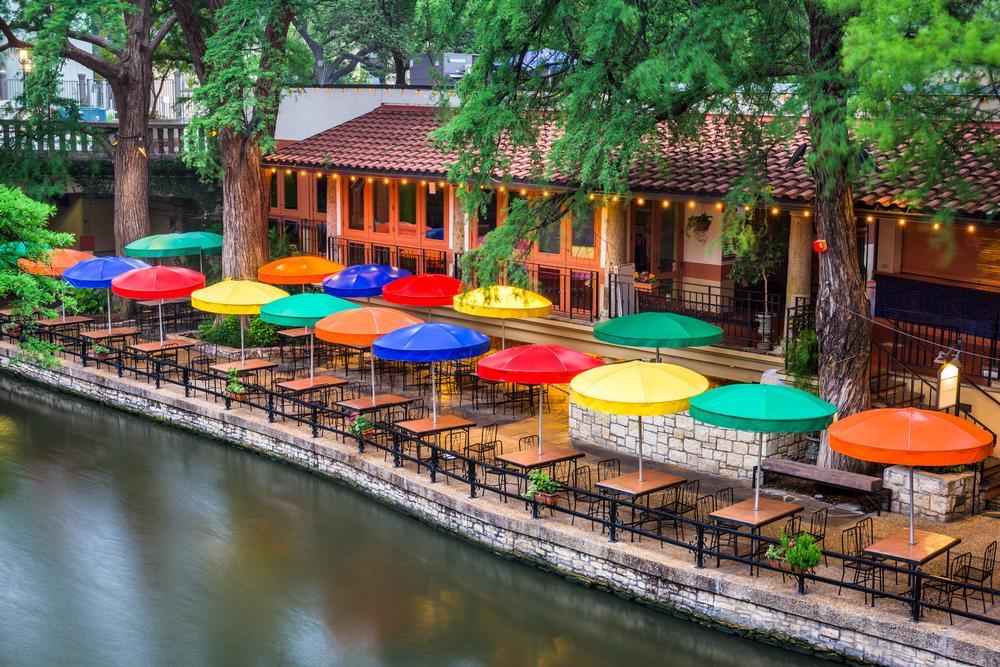
River walks and rich history in San Antonio, Texas
San Antonio in February was all warmth, cultural, literal, emotional. I strolled the River Walk with the scent of fresh tortillas in the air, mariachi playing somewhere nearby, and thought, “This city tells its story through every sense.”
What I Loved Most: Visiting the missions in golden light and realizing how seamlessly the past lives alongside the present here.
My highlights? Dinner at Rosario’s. I had enchiladas suizas with spicy verde sauce and a chilled sangria. Bold, fresh, and pure San Antonio.
Plan your vacation:
- Why February Works: Mild temps, early spring flowers, festive but relaxed vibe
- Top Experiences: The Alamo, River Walk, Historic Market Square
- Weather: 50–70°F and sunny
- What to Pack: Layers, good walking shoes, light outerwear
- Getting There: San Antonio International Airport (SAT)
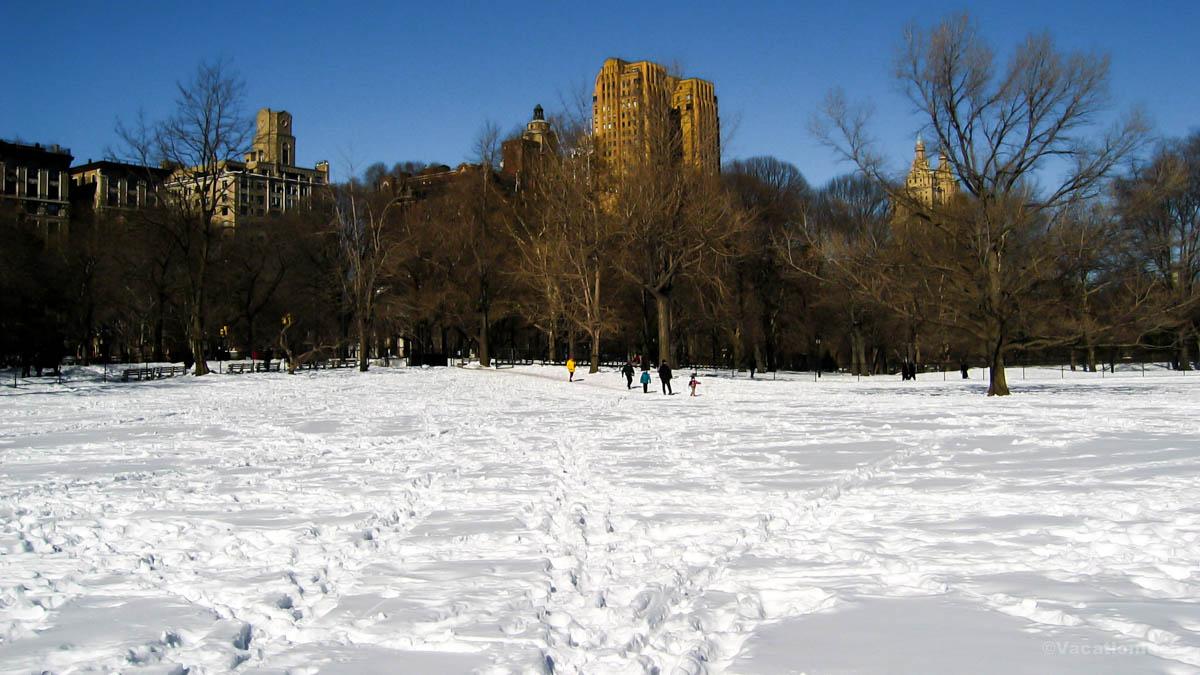
Central Park Winter Stillness
Snow clung to the bare branches, softening the park into shades of white and gray. I remember walking near Bethesda Terrace, my breath clouding in the air, and thinking, “This city has a way of slowing down in winter, even if only here.” The Lake lay frozen at the edges, geese huddled in clusters, and horse-drawn carriages clipped steadily along quiet paths. The usual bustle of runners and strollers was lighter, replaced by bundled couples and children pulling sleds up gentle slopes.
What I Loved Most: The hush that fell over the park after a fresh snowfall. Footsteps were muffled, bridges dusted in white, the skyline peeking through like a watercolor painting.
My highlights? Warming up at Le Pain Quotidien inside the park with a bowl of tomato soup and a thick slice of rustic bread. The soup smelled earthy and rich, the steam rising into the cold air that still clung to my scarf. Each spoonful tasted like comfort against the chill outside.
A downside? Some paths turned icy and slick, especially near the shaded areas. I found myself walking slower than usual, careful not to lose footing, which made covering ground take longer.
Plan your Central Park February trip:
- Location: Manhattan, between 59th and 110th Streets
- Vibe: Quiet, romantic, hushed with winter charm
- Highlights: Bethesda Terrace, Bow Bridge in snow, Wollman Rink for ice skating
- Best Time to Visit: After a snowfall for the most magical atmosphere
- Cost: Free to explore; skating ~$15–20 + rental
- Hours: Park open daily, 6am–1am; cafés and rinks vary
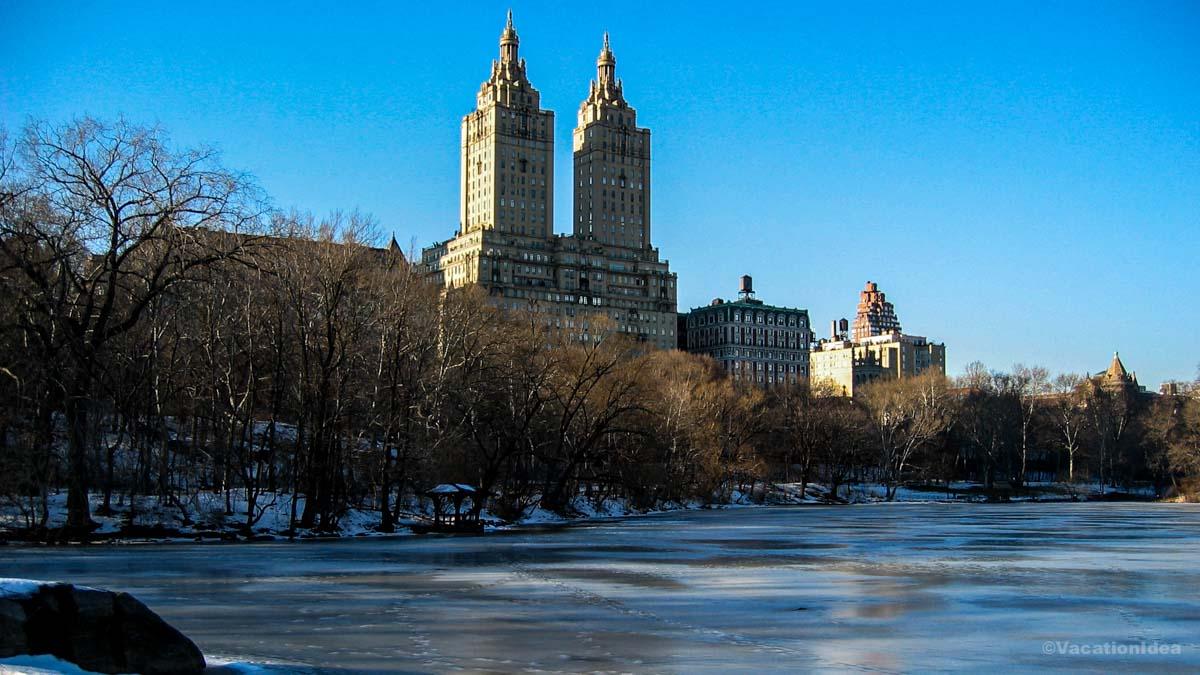
Wrapping Up Your February Escape
If January is for resetting, February is for recharging, with intention, color, and a little bit of magic. Whether you’re chasing warmth in the South or snow-dusted wonder out West, this is the time to find places that meet your pace. Let the Gulf Coast’s soft sands slow you down. Let the Southwest’s red rocks spark something new. Let every bite, breeze, and moment feel like yours alone.
Booking Checklist
1. Book Your Flight - I use Expedia because I like their mobile app with my itinerary. They've helped me re-book flights on many occasions. Once you reach their Gold tier, support is especially good.
2. Book Your Hotel - I use Booking.com or Expedia, depending on my destination.
3. Book Your Rental Car - I use Expedia.
4. Book your tours on Viator or Get Your Guide.
